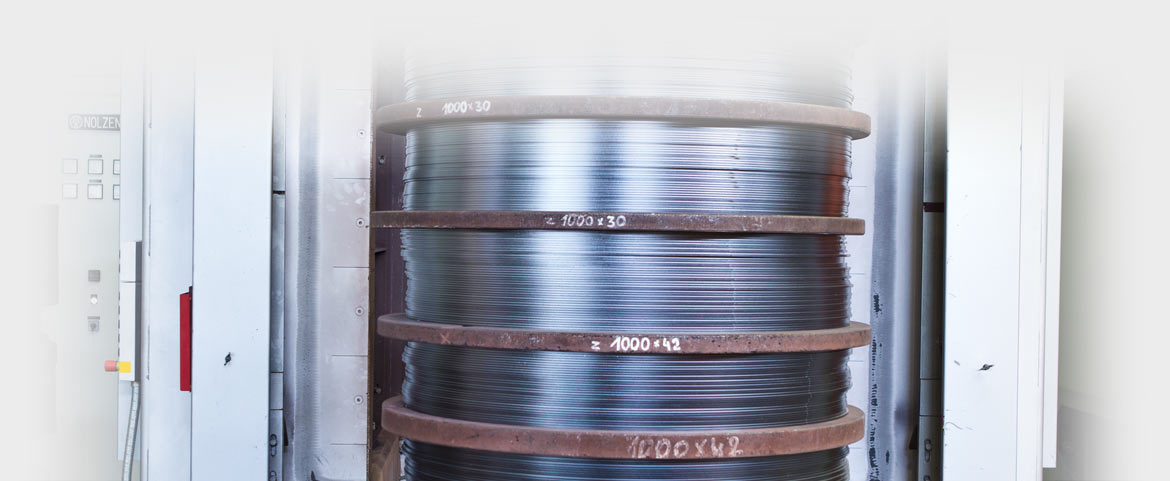STRESS RELIEVE ANNEALING
The stress relief is a special annealing process with the aim of minimizing the internal stress state of components in order to ensure a high degree of dimensional stability during subsequent nitriding or nitrocarburizing treatment. This treatment should be carried out in a T-range below the tempering temperature and above the subsequent heat treatment. This ensures that the technological properties of the components remain unchanged.
Internal stresses arise, for example, in the machining (turning, milling, grinding), forming processes (bending, straightening). The relieving of these voltages is carried out in carbon and low alloy steels in the area of nitriding temperature and often leads to delay. Since grinding after nitrocarburizing is not possible and even after a nitriding treatment it should be grinded to max. 0.1 mm / area, the stress relieve annealing is particularly important prior to these treatments.
Alloy steels are usually stress relieved in the T-range of 550-580°C. Components that are to be nitrocarburized, must be annealed at temperatures of at least 600°C.
The stress relieving can be carried out both under normal atmospheric conditions as well as under an inert gas N2. The inert gas atmosphere is always recommended when it is only to be partially refinished or certain areas cannot be reworked. Through the use of inert gas the scaling of the components is prevented. The preparatory work on the components should be carried out with a sensible machining allowance being given depending on the risk of delay. It should be ensured that during stress relieving any delays that occur, can be compensated for by the reworking.
Due to the high recrystallization temperatures (> 1,000°C) stress relieving of austenitic steels is not possible.
Härterei Carl Gommann GmbH
Dreiangelstraße 29
42855 Remscheid
Germany
Tel.: +49 (0) 2191 8865-0
Contact form >>




Heat Treating / Gas Nitriding / Hardness Testing
The largest equipments available:
- Usable diameter 2.500 mm, usable length 11.300 mm
- Usable diameter 4.100 mm, usable length 5.900 mm
- Usable diameter 3.900 mm, usable length 8.400 mm
For all processes a great number of smaller equipment is available.
